The Different Types of Breast Lift Scarring After Surgery
Month: April 2015
Swelling Post Tummy Tuck
It is possible that after any operation, some swelling may occur post-surgery. This is relatively common with a tummy-tuck as the more separation there is between the muscle and the skin the more likely there is to be disruption to the blood supply, thus, the more swelling may occur.
Why does swelling occur?
Swelling occurs due to a build-up of fluid leakage as a result of the lymphatic system being impaired. During the healing phase of post-operative surgery, it is not uncommon for swelling to occur as a result of fluid accumulation. Plastic surgeons are aware that during surgery the build-up of fluid may occur and they prepare for this by using an appropriate drainage technique.
Swelling after a tummy tuck
Whilst most forms of surgery will incur some form of swelling. A tummy tuck, in particular, can result in swelling due to the type of incision. The more tissue that is separated from the abdomen, the more swelling will occur. As it is a long line spanning across the abdomen there can be a lot of interruption with the lymphatic draining system, and so the draining system can become blocked. This can create swelling in the stomach area, upper thighs and legs. This will eventually subside and generally, should not be a huge cause for concern.
Swelling can be controlled by wearing compression garments on a daily basis for at least two weeks. The surgeon can advise you on the type of garment that will be appropriate. The type of compression is very important. Too much compression can lead to serious complications, even death, so it is fundamental to stay informed.
Breast Enlargement Scarring
Scarring is a natural process post-breast enlargement surgery. But some treatments drastically help improve the appearance, pigmentation and texture of your scars following the procedure, including Potenza and iPixel.
Reasons More Men Are Opting For Plastic Surgery
More and more men are now opting for plastic surgery procedures. Plastic surgery has been linked with women’s dissatisfaction with their appearance in the past, but it is now becoming more relevant to men.
Men opting for plastic surgery
So, why does it come as such as a surprise that men desire to enhance their appearance too? Men are just susceptible to media images as women are. Whilst men may be less forthcoming than women in their openness to discuss surgery, statistics from the BAAPS show that Blepharoplasty (eye bag removal) still remains the most popular surgery of choice in males and there is no sign of a decrease in plastic surgery requests.
Could the interest in male vanity just be due to the proliferation of muscular ideals and attractiveness as standardised by the mainstream media, or are there a number of contributing factors that influence a man’s desire to undergo plastic surgery? Below, are some reasons why men choose to go under the knife:
Cultural norms
The desire for eternal youth is a cultural norm within westernised countries. With men wishing to work longer, they may feel the pressure to stay younger looking and have fears of no longer being relevant within the workplace and being replaced by a younger individual.
Changing Economy
With companies struggling within the economy and men competing against younger candidates within the workplace, many have found it fundamental to look as youthful as possible whilst retaining a natural look that retains their masculine features. For these reasons, Blepharoplasty remains the most popular surgery. According to BAAPS “men are after a refreshed look rather than conspicuous alterations.”
Masculinity
Rhinoplasty is the second most common plastic surgery procedure of choice for men. Unlike women, men are culturally expected to have larger noses where as women may opt for a procedure to significantly reduce the size of the nose. Men usually desire to remove a bump or define their nose more.
In addition, the ideal chest is something that defines masculinity. Whilst some men wish to remove the chest fat in these areas, others are looking to increase the appearance of their pectorial muscles through implants.
Health And Weight Loss
Men are now more health conscious than ever, resulting in dieting and weight loss. If men gain weight and then lose it again in a short space of time, there can be undesirable after effects such as excess skin. In this case, men may opt for a tummy tuck.
Media Focus
It is hard to ignore the constant influence of muscular ideals as communicated through the media. Whether it is a celebrity or a politician, influential male figures are coming forth on their plastic surgery stories and inspiring others to do the same.
Gluteal Atrophy: Should You Consider Buttock Implants or BBL?
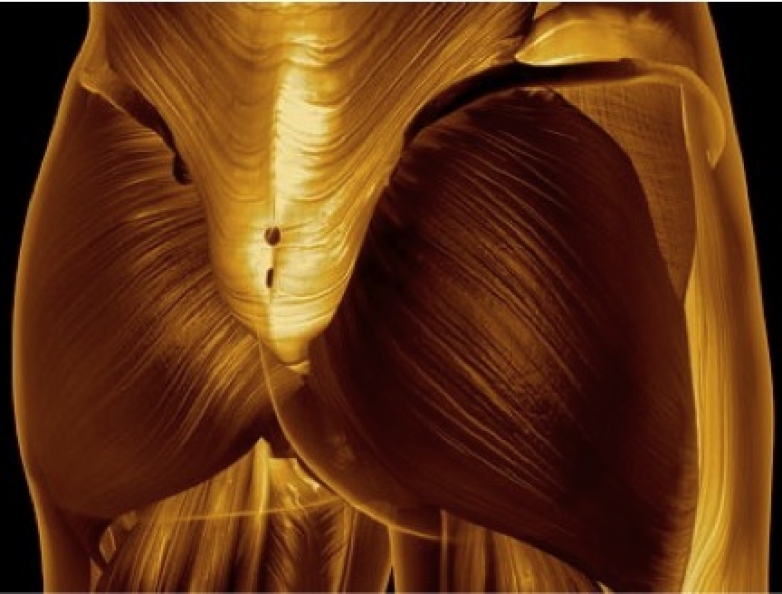

The interest in larger buttocks appears to be increasing and it is not a surprise due to its prevalence within the mainstream media. Whilst some of us may have been genetically blessed with a large gluteus maximus, others can suffer from gluteal atrophy and ‘saggy bottoms.’
What are the causes of Gluteal Atrophy?
Gluteal Atrophy is a condition wherein there is a lack of muscle in the gluteus area. In medical terms ‘atrophy’ stands for muscle wastage. The condition can be caused by a number of influencing factors which in turn, result it a loss of muscle mass and can lead to knee or lower back pain in some cases. Some pathologies also link the condition to nerve damage, stenosis, and damage of the vertebrate.
Whilst there are a number of contributing factors that cause gluteal atrophy, lack of exercise will have a great deal of influence. If you do not partake in exercise of any form then there is likely to be a lack of muscle mass. Sometimes simple exercises including walking, running and lifting are not enough. On occasions, developing the muscle will include targeted exercises such as squats and weight programmes.
Should I consider buttock implants?
Sometimes partaking in targeted exercise programmes are not enough to enlarge our gluteal area. Perhaps it has left you with feelings of inadequacy or lack of self-esteem. In which case, you may wish to consider buttock implants or buttock enhancements.
The decision to undergo a plastic surgery is not one that should be taken lightly. There are many considerations you need to take in before you consider to go through with a life changing surgery.
Gluteal atrophy is only part of the ‘saggy bottom’ appearance. The round buttock shape is also formed by the subcutaneous fat. If someone suffers from gluteal atrophy and does not provide any shape or definition in the buttocks then the fat sitting on top of the muscles will also give a sagging bottom appearance.
What are my other options?
Nowadays, we prefer a more natural appearance, where Fat Injections into the buttocks can offer a natural, and better final result compared to Butt Implants. There is also less risk of complications arising post-op. Therefore, if you’re looking for Buttock Implants, you should come and have a consultation for buttock fat injections or a buttock lift, which can provide a much more effective result.
‘Love Handles’ Vaser Lipo For Men
It is not just women that suffer from excess fat around the waistline. Men are also suffering from love handles. According to BAAPS, there has been a 28% increase in the number of men requesting Vase Lipo over the past year. The more image conscious man is becoming more self- aware of their love handles and are turning to Vaser Lipo as a solution.
Love Handles
Previously, men were more concerned with their upper torso’s and gaining a visible six pack with the abdomen being the second most popular area of target for Liposuction for men. However, as time has moved forward the dissatisfaction reached beyond this, and the flanks have become the most common area of concern due their notoriety for being difficult to get rid of despite rigorous exercise regimes.
As men start to age, there is more concern for looking better later in life and men are realising the fat removing, age erasing benefits of plastic surgery. As we age, the fat tends to centralise around the middle causing the look of the ‘spare tyre’ and so the concern seems to particularly be on the ‘love handles’ area. The introduction to Vaser Lipo has transformed the definition of body sculpting for men. Now, it is possible to get a sculpted body without even having to go under the knife.
Vaser Lipo is a state of the art Liposuction that is design to sculpt the body by targeting stubborn areas of fat. The procedure is not designed to move large quantities of fat from an overweight patient, which is why it is beneficial for those who are already in relatively good shape but are just looking to gain a more defined look.
The procedure uses sound to break up the fatty tissue in order to achieve the highest level of definition and toning. The process is minimally invasive and unlike traditional methods of Liposuction, Vaser Lipo does not require general anaesthetic and so the downtime is minimal with patients being able to resume their day to day activities almost immediately.
Understanding Your Spider Veins
Veins are a part of the anatomy that we don’t tend to give much thought about, that is until we start to notice them. Spider veins do not usually cause much pain or discomfort and are not necessarily a cause for concern, but many find that their unsightly appearance troublesome.
What is a spider vein?
Spider veins (thread veins) and broken capillaries can appear when there is a dilated vessel that appears under the surface of the skin. They can appear almost anywhere on the body, but typically they appear on the face and legs and are red or blue. They take the name spider veins because they can often look like small webs or fork lightning bolts with short jagged lines.
What causes spider veins?
Lack of movement:
Excessive pressure on the veins or weakness of the vessel walls can contribute to the development of spider veins. Often this problem occurs in people that stand for long periods in one place. For example, those with the occupation of a hairdresser or those who travel a lot may be more prone to developing spider veins as the blood is less able to flow compared to walking. Similarly sitting will have the same effect. Being able to contract the muscles is essential in helping the blood to flow through the veins.
Genetics:
If either of your parents has spider veins, you will be more genetically inclined to get spider veins. Some of you may be asking ‘Well why do my siblings not have them?’. While you may be more genetically predisposed to getting spider veins and other veins problems, your everyday life will affect whether you develop them or not. It is a common myth that crossing your legs while seated can lead to vascular problems, but according to UAMS vascular surgeon Dr John Modrall and other medical professionals, this is not the case. Age can also affect our chances of getting spider veins. The older we get, the more the valves start to work, and the less blood will be able to pump around.
Hormonal Changes:
Fluctuations in hormone levels can also result in spider veins. Many women may discover that spider veins occur during their menstrual cycle, pregnancy or menopause. Types of contraception can also contribute to the development of spider veins.
Obesity/ other factors:
Various strenuous activities such as weight lifting can increase blood volume in the legs. The same effect occurs with obesity as the larger you are; this increases the amount of pressure on your veins.
Sun Exposure:
Sun exposure can increase the chances of getting spider veins and broken capillaries appear particularly on your face. Facial spider veins differ in that they are likely to be smaller and are not caused by pressure on the veins.
How can I prevent spider veins?
While genetics play a part in whether you are more inclined to get spider veins, it is much easier to take preventative measures rather than have to seek treatment at some point. Try to avoid doing anything that may put pressure on the legs such as standing up for long periods. Regarding getting facial veins, the obvious preventative measure would be always to ensure you use SPF.
Nutritional therapist, Henrietta Bailey suggests that a few changes to the diet could help to prevent spider veins from developing. She recommends avoiding spicy foods and alcohol and eating foods rich in Vitamin C and E as found in many fruits and vegetables as they are packed with antioxidants, which will help to strengthen the capillaries.
Unfortunately, as spider veins may be caused by heredity or hormone cycles, there may be not much you can do to prevent it and so the next advisable course of action would be treatment.
How can I treat spider veins?
Spider veins are not uncommon with 55% of us affected by them at some point in our lives. Some women dislike the appearance of blue or red branch like veins and become self-conscious and insecure. In these circumstances it may be worth considering the treatments below:
Topical Creams
There has been significant debate over the effectiveness of topical creams. Creams that include: horse chestnut, blueberries, diosmin and escin are said to improve the tone of their veins, there is no scientific evidence to suggest that it removes the spider veins.
Microsclerotherapy
Microsclerotherapy is the most common process for treating spider veins. It involves a solution being injected with tiny needles to restrict blood flowing through it.
Is it painful?
Many patients report no pain at all, but a minor sensation of scratching where the needle enters.
What are the after effects?
Some patients may experience slight bruising; mainly if the vein is thicker, you may also notice some discolouration of the skin which could take up to a year to fade.
How many treatments are needed?
It is best to leave two weeks before each treatment to avoid more bruising. The amount of procedures varies on a case by case basis, but typically 60% of veins will disappear within the first treatment.
Otherwise known as IPL, precise amounts of light energy are delivered through your skin’s surface. This treatment is effective for smaller veins and may be particularly beneficial for the face.
Is it painful?
Some patients report the sensation to be similar to the feeling of an elastic band snapping against your skin. An anaesthetic cream can be applied if you desire, and it is advised to take two painkillers a couple of hours before your treatment.
What are the after effects?
Slight reddening or temporary swelling may occur.
How many treatments are needed?
The amount of treatments required depends on the individual needs of a patient, but on average three sessions are needed. Procedures should be spaced apart and sunlight should be avoided at least three months after any exposure to sunlight may result in pigmentation. IPL may be a treatment you wish to consider in addition to microsclerotherapy.
The handheld device delivers waves that penetrate the targeted vessels and cause the blood inside the vein to coagulate, eventually collapsing and sealing.
Is it painful?
The laser blows cold air on the skin to help reduce the pain of the laser pulse. It reportedly feels like a very hot pinprick.
What are the after effects?
Some redness may occur after treatment. It is advised to wear SPF for up to a month after surgery and try to avoid sunlight if possible.
How many treatments will I need?
Typically 3-4 are needed for maximum results.

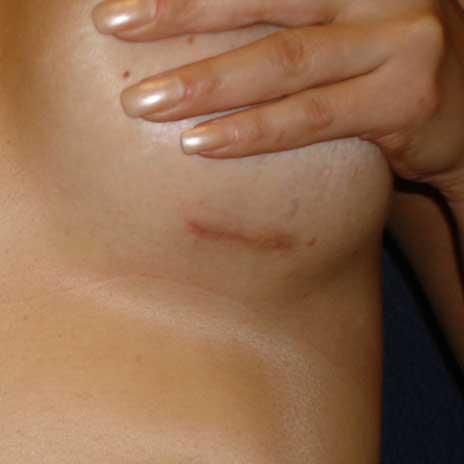
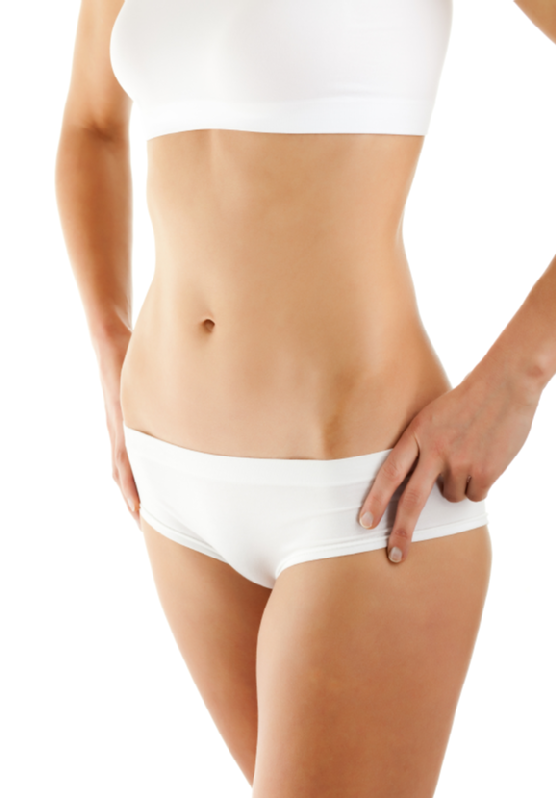
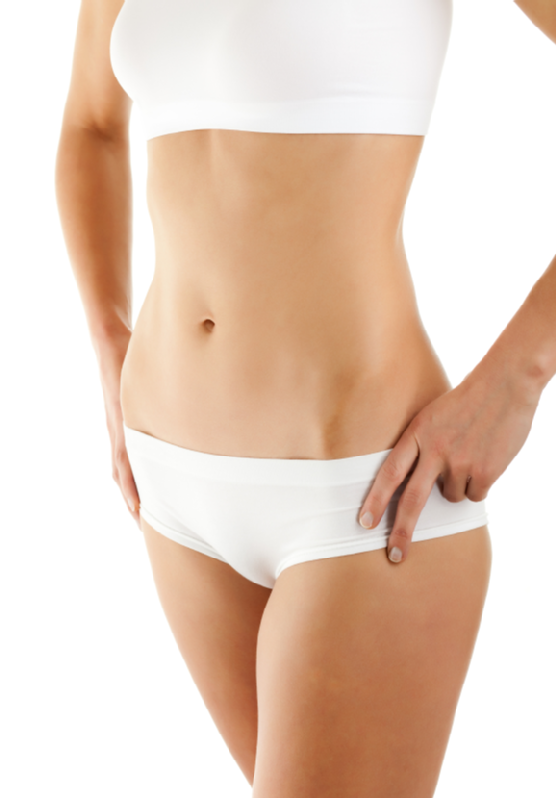

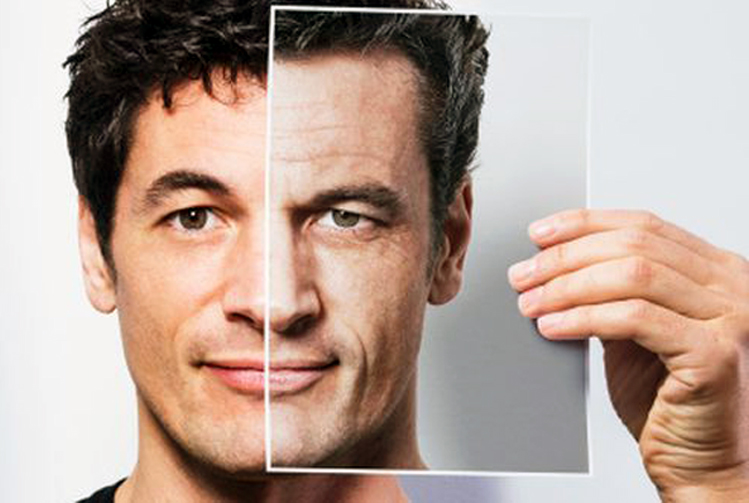

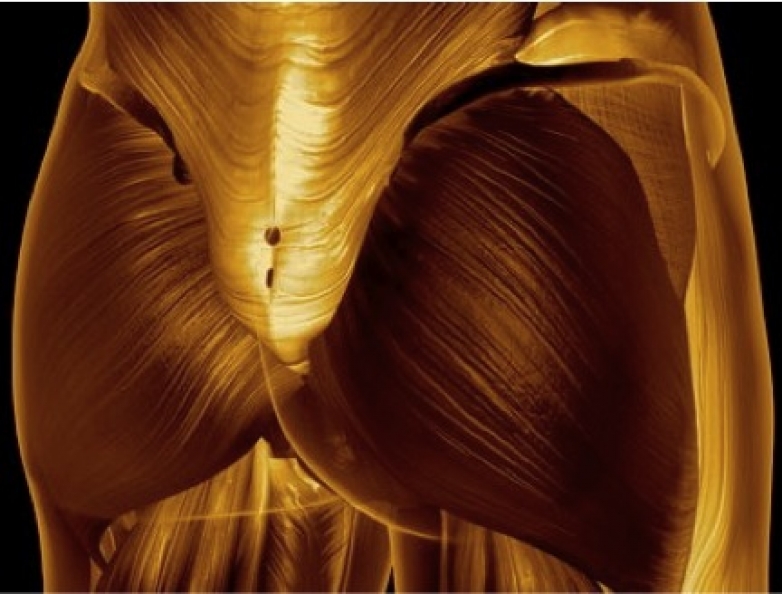
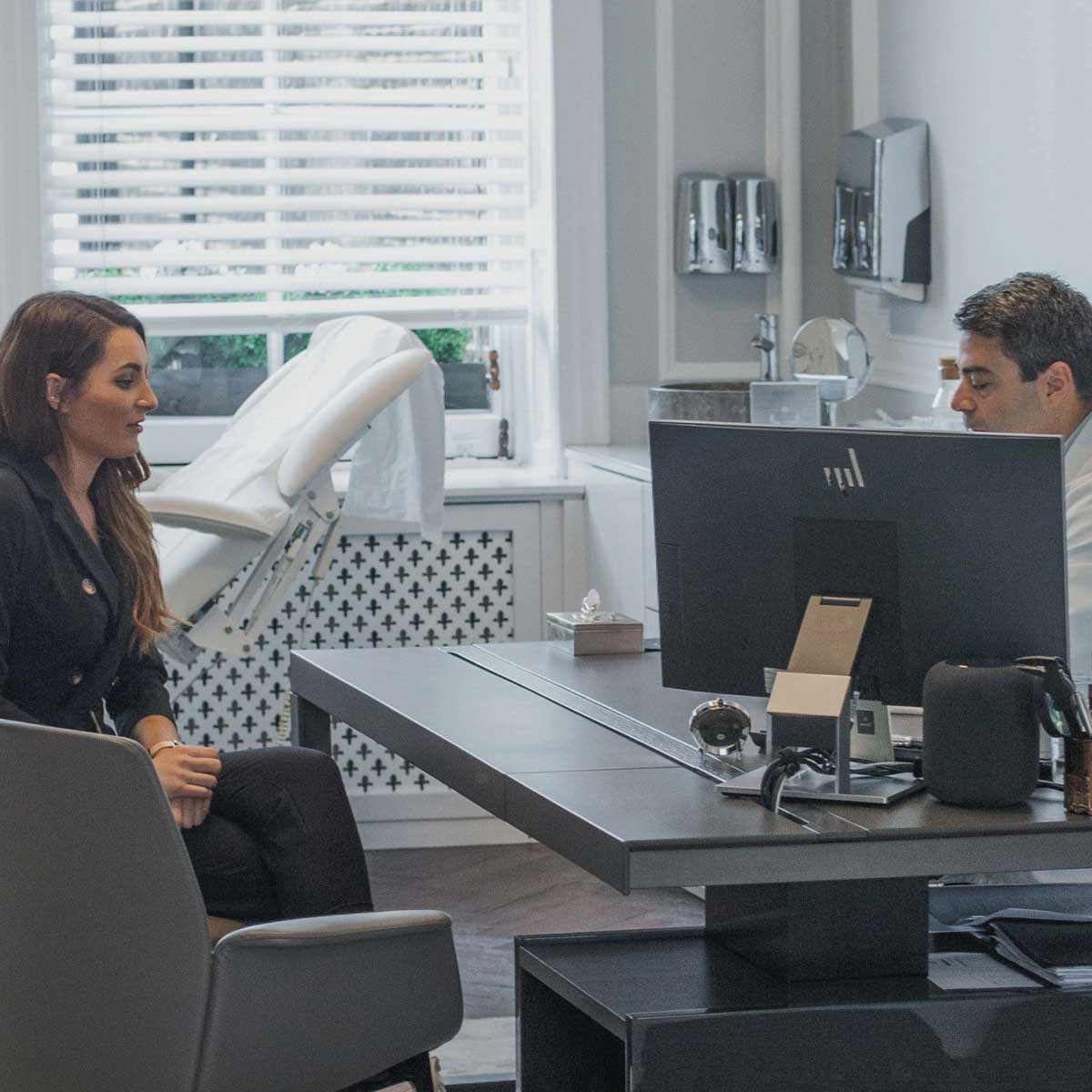
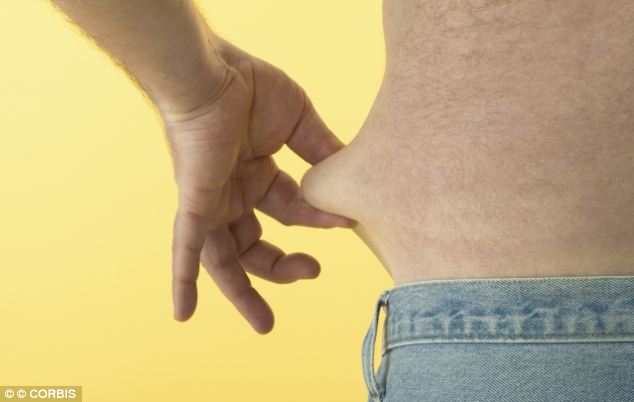

Recent Comments